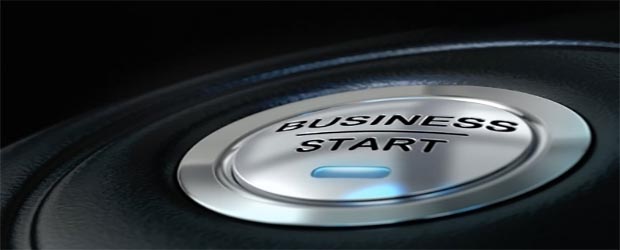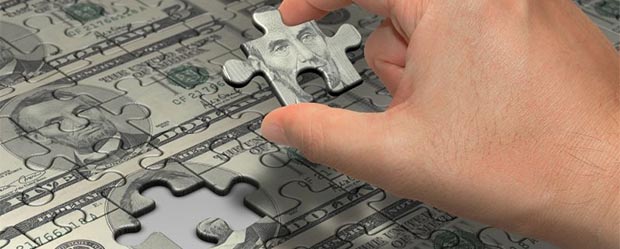How to start a profitable business
 To start a profitable business in modern conditions you need to know some important points. The bottom line is that times have changed and now the business does not start as it began earlier. In the old days, it all started with the construction of the plant, if it was about manufacturing, or with the construction of retail space, if it was about trade.
To start a profitable business in modern conditions you need to know some important points. The bottom line is that times have changed and now the business does not start as it began earlier. In the old days, it all started with the construction of the plant, if it was about manufacturing, or with the construction of retail space, if it was about trade.
To start a business like this in the old days was right, because there was a widespread shortage of goods and services. You build a factory, produce everything, everything, and it sells well. Or you build a shopping center, deliver goods to it and they leave like hot cakes. Now, to start a profitable business you need to act in a completely different way.
The inertia of former times remained. Now many continue to use an outdated approach – first they open a company or build a factory, start to produce something, but very often it does not go and the product is not for sale. In present times, this approach does not work, because the capacities have been adjusted so much that you can produce more than sell, and several times.
In the modern world, consumers are in short supply, they are not enough for anyone. If this is the case, then it is now necessary to start a business with the production of consumers. If you know how to do it, then it makes sense to open a business. If you do not know how to do it, then either you need to learn how to create consumers, or else think up another occupation for yourself.
We need to realize one simple fact – now the answer to the question of how to start a profitable business does not sound like it was 10-20 years ago. These are realities of the modern world and we must adapt to them if there is a desire to earn money. First of all, it is necessary to fundamentally cease all business processes, for now a different business algorithm is used. It looks like this:
To start a profitable business, first of all, you need to find a promising market space. Yes, it is the market space, i.e. some territory where there are potential consumers of your products, because the market is not yet in business, because the market is a collection of consumers that we do not yet have and we still have to create them.
Once the market space is chosen, it is necessary to study its “population”
The choice of market space can be carried out according to different criteria. For example, it may be the distance from the place where we plan to produce products to the place where it will be sold. Or it could be a space where potential consumers have a certain level of income, in general, any convenient variable can be taken as a criterion.
After the market space is chosen, it is necessary to study its “population”. It is very important to carefully study the “population” of the market space potential consumers. If you ignore its characteristics, you can pay very well. Owning information about potential consumers, you can create a product that suits them the most.
Explain on fingers that we have a certain super-duper product possible, but still quite difficult. It is much more effective to have a sample and tempt those we see as consumers. The point is that it does not always have to be some kind of ready material sample, it’s very often enough to build a virtual sample and promote it.
Creating a virtual product is much cheaper than real
Suppose if we are going to produce mobile phones, we can create a virtual device, endowing it with different characteristics and start promoting it in this form. Creating a virtual product is much cheaper than real, and according to this, many companies first create a virtual sample of the future product and work with it.
After there is at least a virtual sample, the population of the market space need to create a need for a product or service. As a rule, from time to time, any potential consumer has little to do with our products. He has his own rhythm of life, his habits and established needs. For goods beyond their limits, he does not pay attention.
If you offer a person a product in which he has no need, he is likely to hold it in his hands with great curiosity. He will show by all appearance that he is interested and we will start thinking that he wants to buy it. However, in 99% of cases a potential client will turn, twist and return the goods. After a couple of minutes, he would forget that he had seen him and hardly ever remember him.





